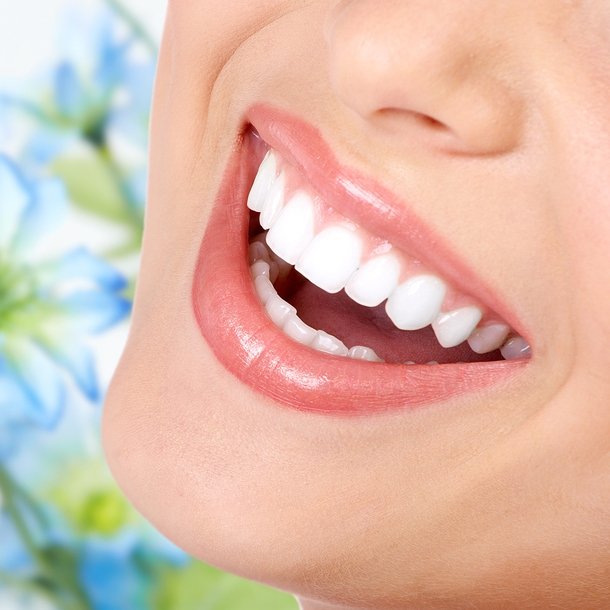Oops, chipped a tooth? Let’s fix that!
Life happens - whether it’s an overly enthusiastic bite into something crunchy, a step on ice , or a wine glass mishap. Whatever the reason for your chipped or damaged tooth, don’t worry - we’re here to bring back your smile in no time!
At Dental One, we use high-quality composite resin to restore your teeth with precision and artistry. Our expert dentists ensure your bonding blends seamlessly with your natural teeth, giving you a flawless, confident smile. Call us today at 772-787-9061 to schedule an appointment!

Dental bonding is a cosmetic procedure where a tooth-colored resin is applied to the teeth, shaped, and hardened with a special light. It’s one of the most affordable and non-invasive ways to enhance your smile, requiring little to no enamel removal.
What to Expect During Dental Bonding?
Dental bonding is a straightforward, pain-free procedure that typically takes less than an hour per tooth. Here’s what happens:
- Preparation – Your dentist selects a resin shade that matches your natural teeth.
- Application – The resin is applied, sculpted, and shaped to achieve the desired look.
- Hardening & Polishing – A special light is used to harden the material, and the bonded area is polished for a smooth, natural finish.
Caring for Your Bonded Teeth
To keep your bonded teeth looking great:
- Avoid biting hard objects like ice or pens
- Limit staining foods and drinks like coffee and red wine
- Maintain regular brushing, flossing, and dental checkups
Dental Bonding vs. Veneers : Which One Do You Need?
Dental bonding and porcelain veneers are both great options for enhancing your smile and addressing minor imperfections such as cracks, stains, and gaps. It’s important to consider the pros and cons of each option to determine which one is best for you. Here’s a comparison to help you decide:
Porcelain Veneers:
- Procedure: Thin shells applied to the front surface of your teeth. The process requires the removal of a small amount of enamel, making it irreversible.
- Durability: If properly cared for, veneers can potentially last a lifetime; however, on average, their lifespan is 15-20 years.
Dental Bonding:
- Procedure: Involves applying a tooth-colored resin to the tooth’s surface without significant enamel removal, preserving more of your natural tooth structure.
- Durability: Generally lasts about 3 to 10 years and may require periodic touch-ups.
Key Considerations:
- Aesthetics: Veneers offer a more natural and stain-resistant appearance compared to bonding.
- Cost: Bonding is usually more affordable than veneers.
- Time: Bonding is often completed in a single visit, whereas veneers may require multiple appointments.
Frequently Asked Questions
Dental bonding is a quicker and more affordable cosmetic solution compared to veneers or crowns. It usually requires only one visit, involves minimal enamel removal, and is less invasive. However, it may not last as long or be as stain-resistant as other options.
Yes, dental bonding is an effective way to close small gaps between teeth. A tooth-colored resin is applied and shaped to create a natural-looking, seamless smile without the need for braces or more invasive treatments.
In most cases, dental bonding requires little to no preparation. Anesthesia is generally not needed unless bonding is used to fill a decayed tooth. Your dentist will choose a resin color that matches your natural teeth for a consistent appearance.
No, teeth whitening products do not work on bonding material. If your bonded teeth become stained or discolored, your dentist may need to polish or replace the resin to restore its original shade.
Dental bonding is commonly used on front teeth for cosmetic purposes. While it can be used on back teeth, it's less durable than crowns or fillings and may wear down faster due to chewing pressure.

